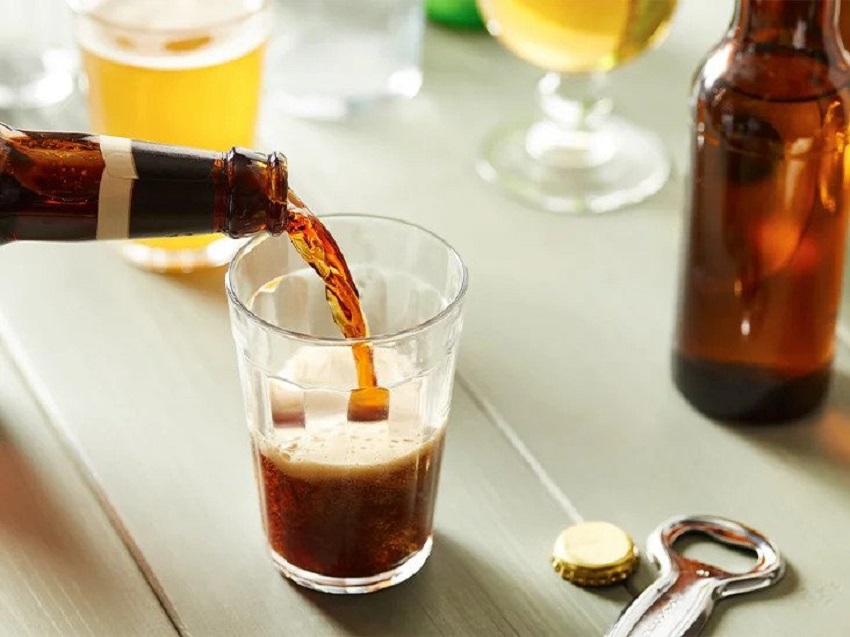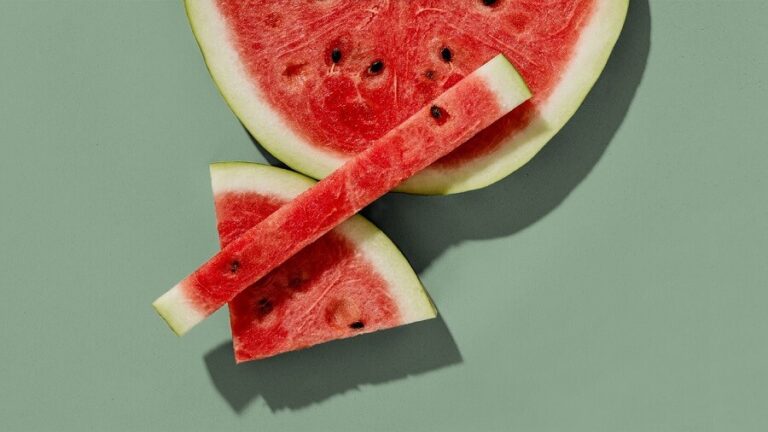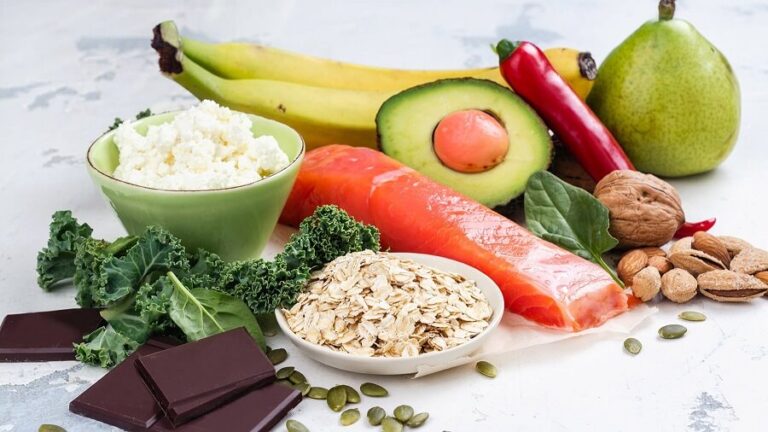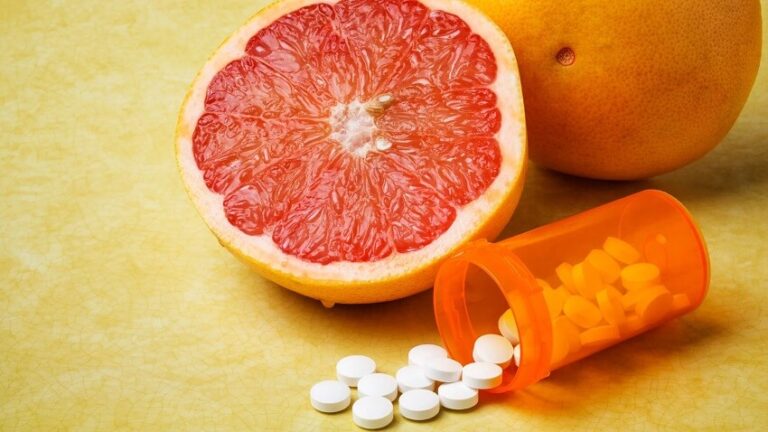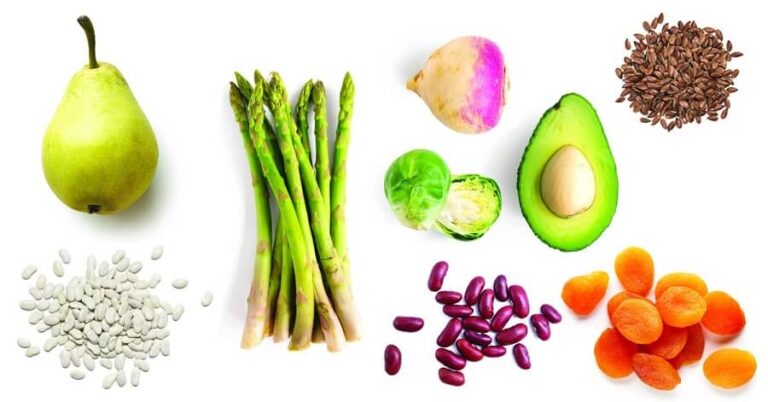The glycemic index measures the ability of certain foods or beverages to affect blood glucose levels. In alcoholic beverages, we generally talk that the more carbohydrates in the composition (straightforward carbohydrates), the higher the glycemic index.
Since many alcoholic beverages contain carbohydrates, they could theoretically have a high glycemic index. However, in practice, this is not always the case. The complexity also lies in how the glycemic index is determined. This article provides information on the glycemic index and carbohydrates in alcoholic beverages.
RELATED: Low Glycemic Index Drinks
Glycemic index: how is it determined?
To measure the glycemic index, a person first eats a serving of the product that contains 25 g of carbohydrates; then, their blood sugar levels are measured. Usually, measurements are taken on several people, after which the average glycemic index is calculated.
However, most alcoholic beverages contain meager amounts of carbohydrates relative to alcohol, making it difficult to determine. For example, a beer bottle contains approximately 10 g of carbohydrates and 5-6% alcohol.
So to perform a glycemic index test, it is necessary to evaluate the effect on the body of about 1 liter of beer in an hour, drunk on an empty stomach.
Although you can find data on the glycemic index of beer (about 60 units), it is essential to remember that it is calculated for quite large volumes. In practice, you need to remember that the glycemic load of a serving of alcohol, in any case, is generally not too high.
Sweet cocktails and spirits have a very high glycemic index.
An exception to the above rule is sweet alcoholic cocktails made from liqueurs, carbonated drinks, or with the addition of fruit juice. In some cases, they can contain up to 30 grams of carbohydrates per glass, which is comparable to cola.
But, since the recipe (and the number of ingredients) for each cocktail or liquor can vary a lot, we can only say that its glycemic index will be pretty high if it has a lot of sugar or other refined carbohydrates. A specific universal figure is simply impossible to determine.
GI and carbohydrates from alcoholic beverages
Because they have no carbohydrates, the glycemic index of spirits, including vodka, whiskey, brandy, tequila, and gin, is considered zero. For dry white and red wines, the glycemic index is usually undetermined or low in the case of wine. The glycemic index and carbohydrate values of alcoholic beverages are described below:
- Strong alcohol (vodka, whiskey)
Any alcohol produced by distillation (that is, the separation of alcohol by boiling), primarily whiskey and vodka, contains only water and alcohol. There are virtually no digestible carbohydrates in said alcohol, which means its glycemic index is 0.
- Cognac and brandy
Cognac and brandy are alcoholic beverages produced by distilling grape juice and then aging in oak barrels for at least three years. As with other distilled alcoholic beverages, they do not contain carbohydrates.
- Red and white wine
The sweetness of the wine is directly related to the carbohydrate content and the glycemic index. Dry wine (red and white) does not contain more than 3-4 g of carbohydrates per serving. Sweet wines can have up to 10-15% sugar in the composition; however, for the reasons mentioned above, your GI is indeterminate.
- Champagne
Formally, champagne is considered a type of sparkling wine. Depending on the type of grape, the carbohydrate content in the composition varies from 1 g (per 100 ml) for dry champagne to 5 g and 7.5 g in the case of semi-sweet and sweet. That is, the maximum GI can be about 50 to 60 units.
- Liquors
On average, liqueurs contain about 2.5% carbohydrates in composition and port, 5-20% (for lovely types). But even in the case of the high carbohydrate content of sweet port, subjects would have to drink about a liter of the strong drink on an empty stomach to determine its glycemic index.
- Beer
Most beers contain around 3-4 grams of carbohydrates per 100 grams or 10 grams per serving (bottle). Again, these are pretty low numbers, making it difficult to determine the GI. But if you consume 25 g of carbohydrates in the form of beer, your glycemic index will be about 60 units.
Drinks with alcohol and blood sugar
Alcohol can have a confusing effect on blood sugar levels by preventing the liver from producing glucose. One consequence of this is that hypoglycemia can occur after drinking.
As a result, people with diabetes are often advised to eat something to make up for the expected drop in blood sugar levels. Alcohol affects different people in different ways, so check your blood glucose to see how alcohol affects you when in doubt.
On the other hand, some people may find it too easy to let diabetes run out of their minds when they drink alcohol and don’t worry too much about sugar levels. In sum, it is wise to test your blood sugar levels whenever possible to understand how different beverages affect your sugar levels.
Summary
Most pure alcoholic beverages do not contain carbohydrates, classified as zero glycemic foods. In turn, the GI of beer is estimated to be approximately 60 units. While sugary drinks, cocktails, and sweet liqueurs are considered high glycemic index drinks.
And remember, the glycemic index is a variable parameter. The answer may differ between each person; in particular, it depends on body weight and metabolic state, among other variables.

